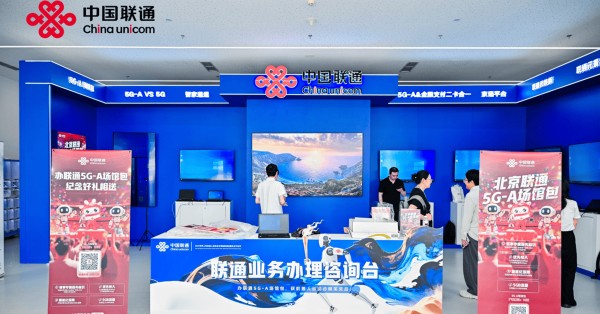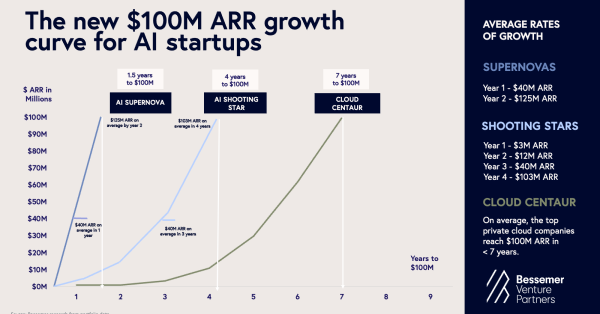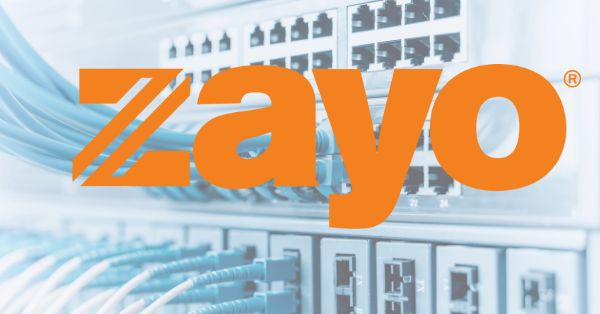Comcast and Waymark Launch AI TV Ad Platform for Small Businesses
Comcast Advertising, the advertising arm of Comcast, has introduced a new AI-based platform that simplifies the creation of TV-ready commercials for small and local businesses. This solution is designed to cut down both the time and cost typically associated with traditional ad production.
The platform is built in partnership with Waymark, a tech company that specializes in using AI to scale video production. By leveraging Waymark’s creative AI capabilities, advertisers can now produce premium-quality ads in just minutes, making high-impact TV advertising more accessible than ever.
AI Ad Tool Speeds Up Access to Premium TV and Streaming Inventory
This launch is part of a broader effort by Comcast Advertising to lower entry barriers for businesses looking to reach audiences through TV and streaming.
Dawn Williamson, Chief Revenue Officer of Media Solutions at Comcast, highlighted the core goal: “Making media buying easy and impactful.”
Now, advertisers can generate commercials simply by entering their business website. The platform then scans the site and creates a video ad. Brands can customize the content, changing messaging, visuals, voiceovers, and even language, to suit their target audience.
This flexibility also allows advertisers to quickly create multiple versions of an ad for different campaigns, regions, or seasonal promotions, offering a level of agility previously hard to achieve in TV advertising.
How AI Cuts Costs and Time in TV Ad Production
For many businesses, the time, expense, and complexity of TV commercial production have long been obstacles. Waymark’s Vice President of Revenue, Hayden Gilmer, explained the platform’s role in solving this problem.
“Our collaboration with Comcast Advertising’s Media Solutions marks a major leap forward in using AI technology to enhance accessibility and drive the evolution of TV advertising,” said Gilmer. “With this tool, businesses can create high-quality video ads in minutes and access premium video inventory—giving them a real competitive edge.”
Small Businesses Are Seeing Fast Results from AI TV Ad Creation
Since the tool’s rollout, Comcast reports that thousands of new video ads have already been created. Many of the early adopters are businesses new to multi-screen TV campaigns. For these companies, the platform has made a noticeable impact.
Melissa Cowan, Head of Marketing at Metal Roofing Supply in Arkansas, called the process “insanely easy,” adding that the final product exceeded her expectations.
Jairo and Josselin, owners of MD Contractors, said the tool has been “a gamechanger” for showcasing their services. And Bill Gray, owner of Atlantic Coast Appliance, credited the tool for making TV advertising feasible during a major store launch.
Comcast’s AI Ad Strategy Originated in LIFT Labs Startup Accelerator
The partnership between Comcast and Waymark grew out of LIFT Labs, a Comcast NBCUniversal accelerator program that connects promising startups with Comcast business units. Through this initiative, Comcast discovered how Waymark’s AI tools could complement its growing suite of advertising solutions.
AI TV Ad Platform Is Core to Comcast’s Media Solutions Strategy
This AI platform aligns with Comcast Advertising’s broader Media Solutions strategy. The company recently launched a new team focused on simplifying access to Comcast’s extensive media assets—including traditional TV, streaming, and multi-screen options.
The goal is to provide advertisers with a single point of entry to plan and execute campaigns that suit their specific business needs. Whether targeting a national audience or reaching local customers, businesses can now build ads and distribute them across Comcast’s media network with greater speed and efficiency.
About Comcast Advertising
Comcast Advertising is the advertising division of Comcast Corporation (NASDAQ: CMCSA), working across platforms to help brands connect with consumers at scale. Through its Media Solutions team and technology platform FreeWheel, Comcast enables ad creation, targeting, and measurement across all screens and formats. Its Universal Ads offering allows companies of any size to create, buy, and measure ads across premium video content.
Visit comcastadvertising.com to learn more.
About Waymark
Waymark, recognized by the Financial Times as one of the fastest-growing companies in the U.S., offers an AI-driven platform for professional video creation. It combines multiple generative AI technologies into a user-friendly solution that allows clients—from small agencies to major media firms—to produce broadcast-ready ads in minutes.

































